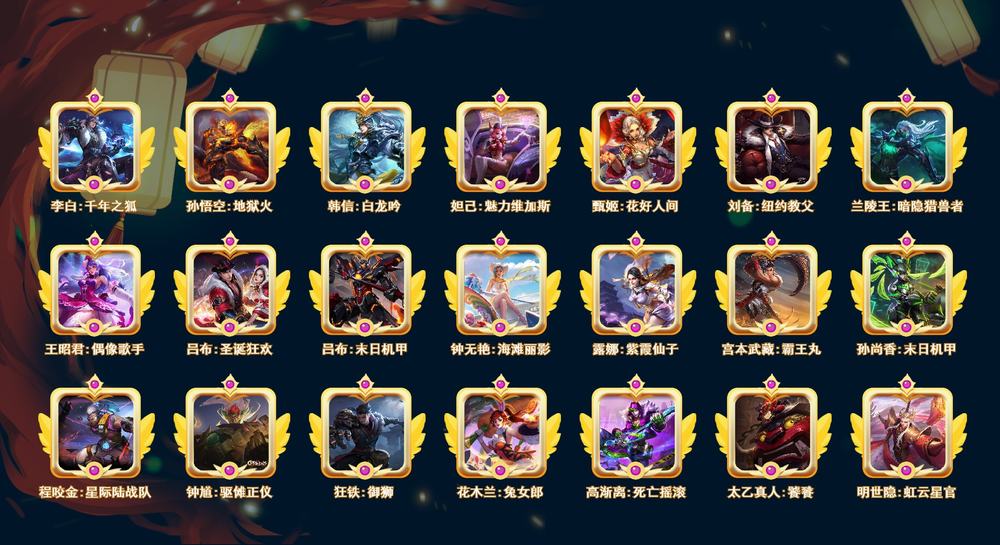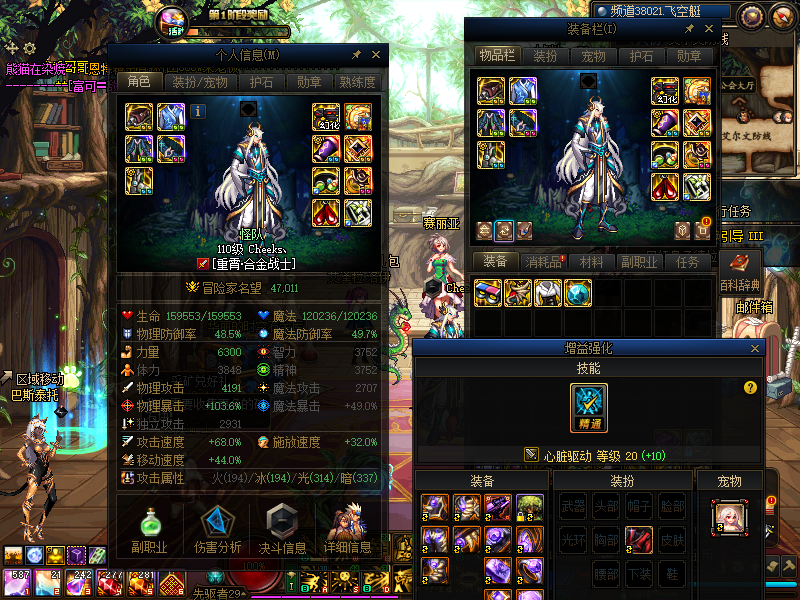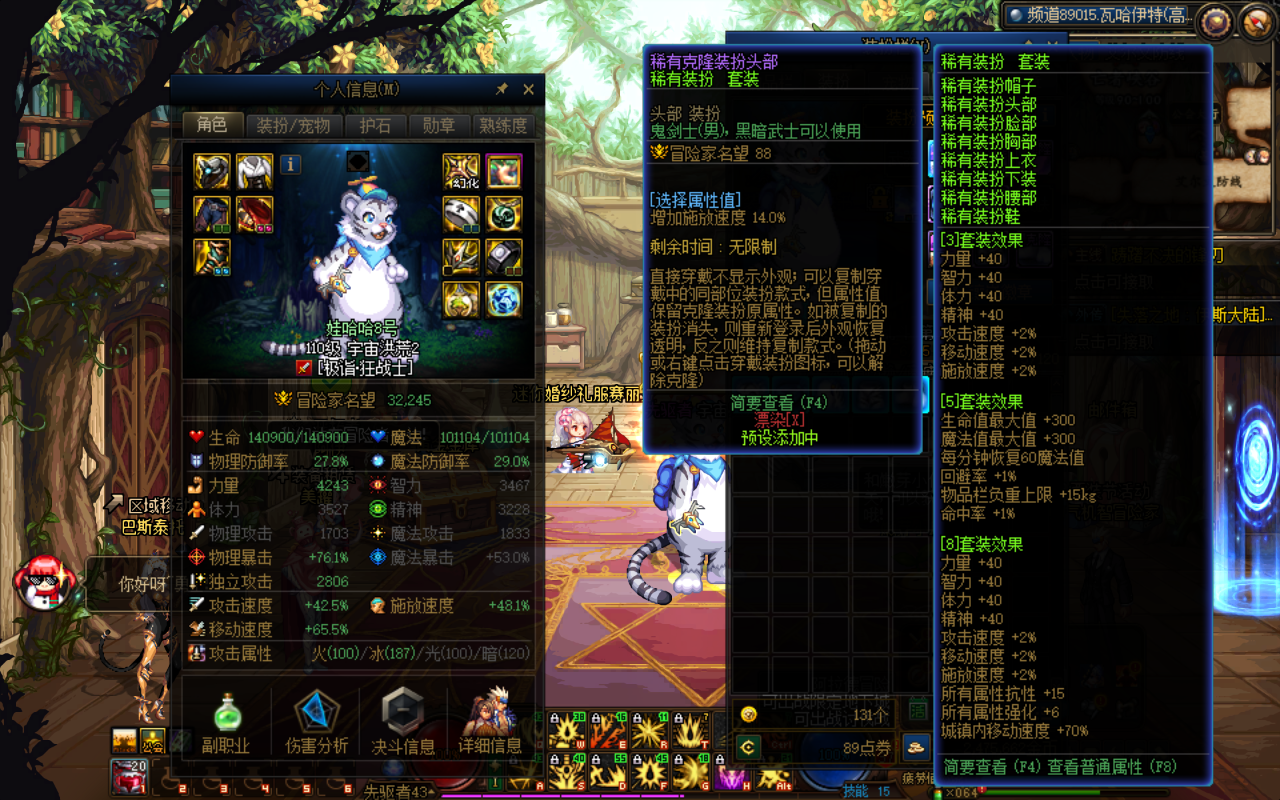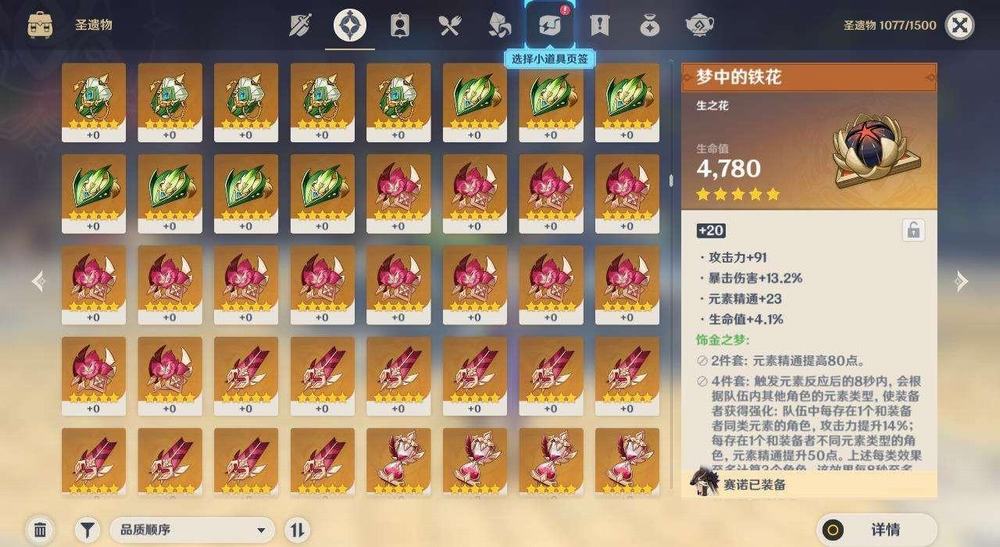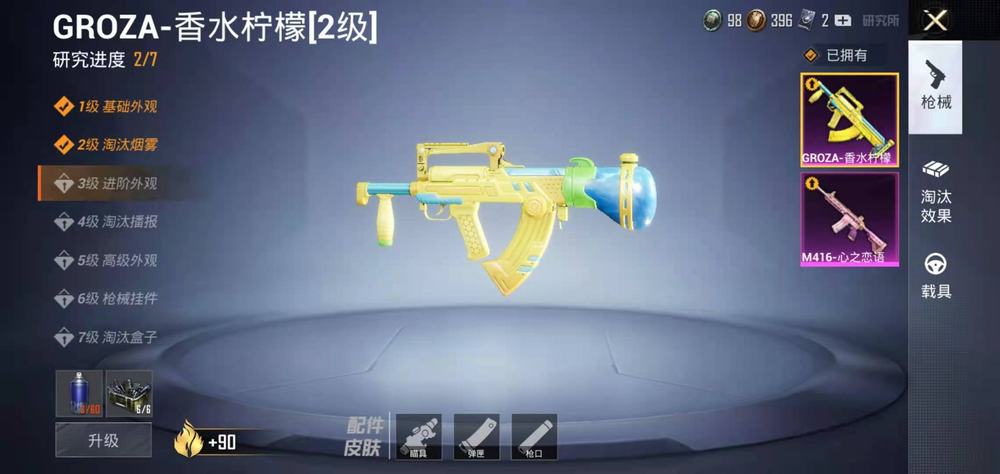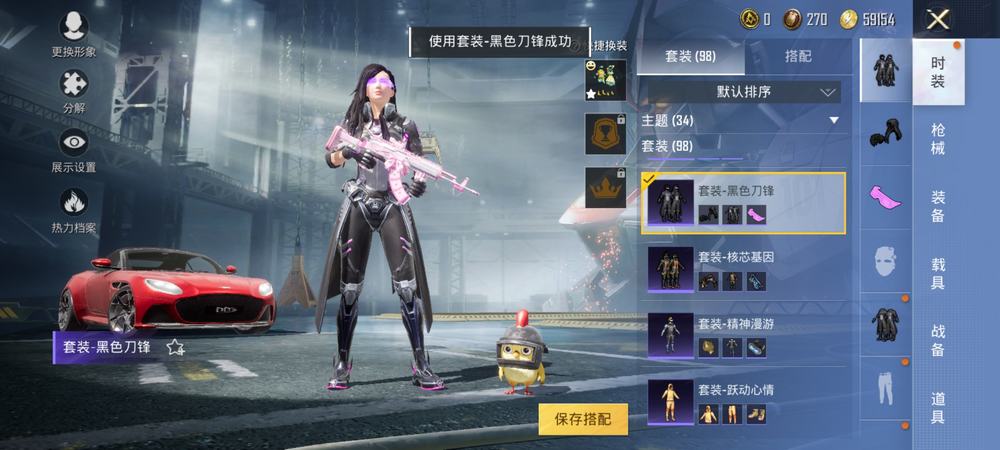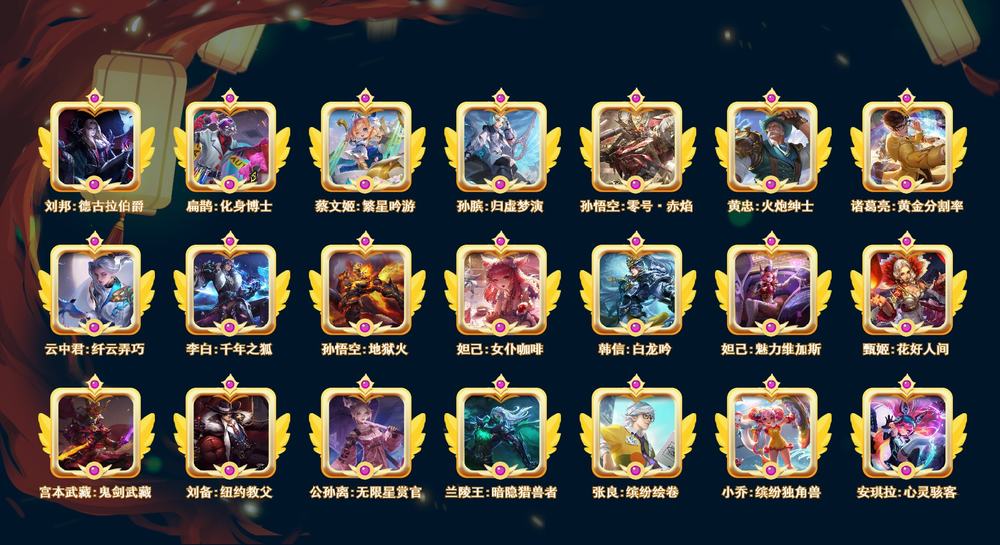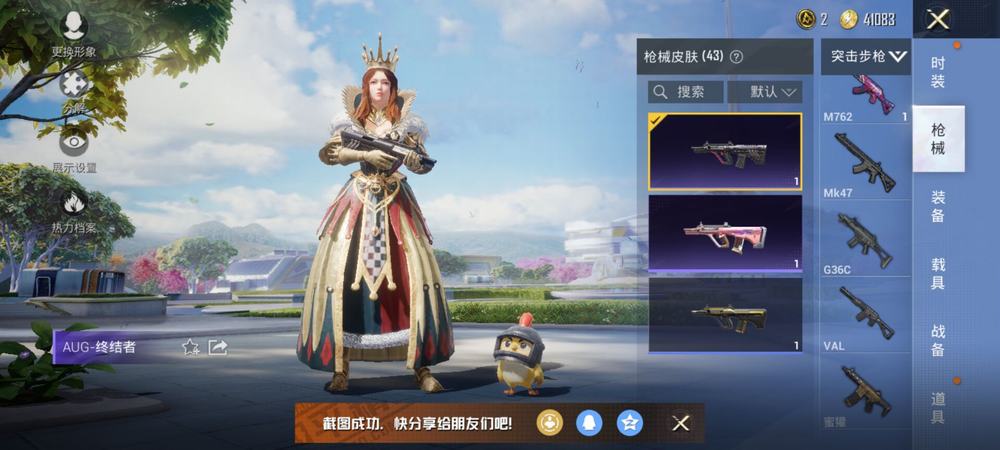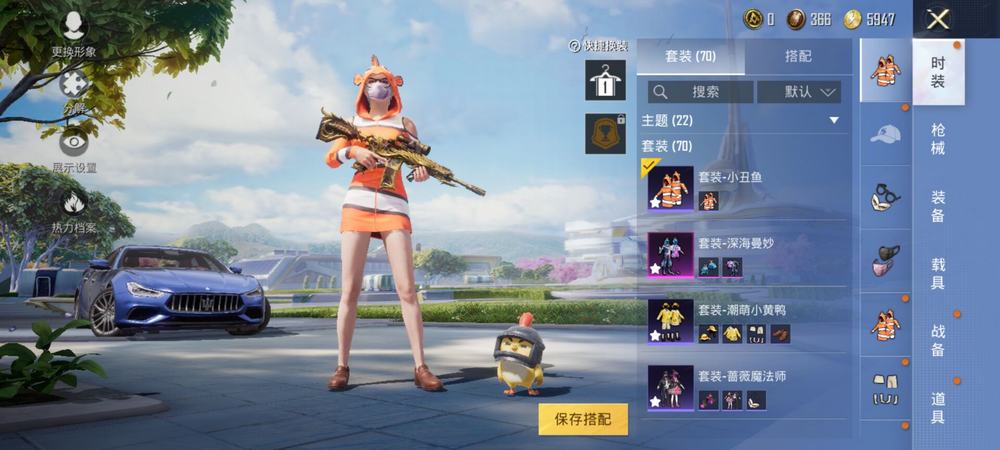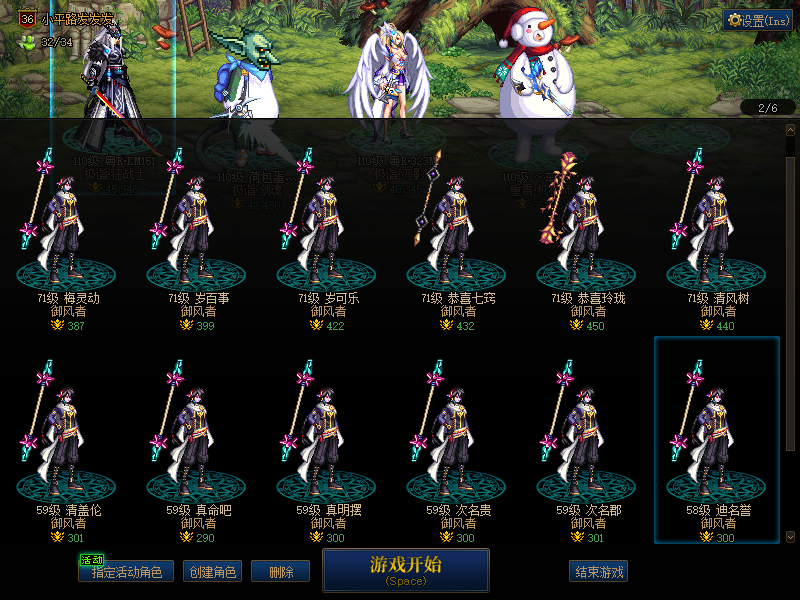英雄联盟是一款享誉全球的多人在线游戏,自2009年首次发布以来,深受全球玩家的喜爱。在这个游戏的编年史中,有众多的传奇人物和故事,其中FAKER是无可争议的巅峰之王。我们将通过时间轴的方式,详细介绍FAKER的出生和他在英雄联盟世界中的重要地位。

2000年5月7日,李相赫(Lee Sang-hyeok)出生于韩国首尔市。他从小就展现出游戏天赋,在学校里他曾是学校电子竞技俱乐部的核心成员。在他初中时期,他选择以FAKER的ID在英雄联盟游戏中展示自己的才华。
FAKER从2013年开始正式加入韩国著名电子竞技俱乐部SK Telecom T1,成为了该俱乐部中的核心成员。他在这个俱乐部的表现被广大玩家和观众所关注,迅速赢得了他们的爱戴。他以无与伦比的技术和出色的表现,帮助SK Telecom T1获得了多个重要赛事的冠军,成为了他们最值得依赖的选手之一。
在英雄联盟的竞技舞台上,FAKER以他出色的操控能力和高超的操作技巧而闻名。他擅长多个英雄角色,能够在比赛中灵活切换,并展现出与众不同的操作水平。他的一些经典英雄操作甚至被视为行业标杆。由于他的才华和成就,FAKER成为了世界范围内最受瞩目的电竞选手之一。
FAKER在英雄联盟中的职业生涯持续不断地取得成功,并成为了该游戏历史上最伟大的选手之一。他对游戏的理解和独到的战术思维,使他能够在关键时刻做出正确的决策,并引领他的团队取得胜利。他多次获得英雄联盟全球总决赛(Worlds)的冠军,并被称为“中单之王”。
FAKER的出生和他在英雄联盟世界中的地位,无疑是这个游戏史上最具影响力的时刻之一。他的个人成就和游戏影响力使他成为了众多玩家的榜样和偶像。他的故事也向我们展示了,只有通过不懈的努力和才华的发挥,才能取得在电子竞技领域的巅峰成就。
FAKER是英雄联盟编年史中一个不可忽视的重要人物。他在游戏中的出色表现和无与伦比的技术使他成为了广大玩家和观众的偶像,也为电竞行业树立了一个榜样。他的出生和职业生涯成就,让我们见证了他在英雄联盟世界中的独特地位和影响力。
LOL1996年FAKER
LOL1996年FAKER Redefining the Gaming Industry

Introduction
The world of competitive gaming has witnessed numerous legends, but one name that stands out is Faker. Born in 1996, this South Korean professional League of Legends (LOL) player has revolutionized the industry with his exceptional skills and achievements. This article aims to delve into the realm of LOL1996年FAKER, exploring his impact on the gaming industry and his journey to becoming a global icon.
Defining Faker
Faker, whose real name is Lee Sang-hyeok, is widely regarded as the most successful player in the history of competitive LOL. His gameplay is characterized by unparalleled mechanical skill, game awareness, and strategic decision-making. With his precise mechanics, Faker has redefined the standard for professional gamers, setting an unprecedented benchmark for excellence.
Classification of Faker's Influence
Faker's impact on the gaming industry can be classified into three significant aspects skill level, popularity, and professional growth.
1. Skill Level
Faker's mastery of the game has been awe-inspiring. He possesses an unmatched ability to outplay opponents with swift reflexes, perfect timings, and impeccable control over his champion. By pushing the limits of what was thought to be possible, Faker's gameplay has inspired countless players to strive for greatness, leading to an overall improvement in the skill level across the community.
2. Popularity
Faker's popularity extends far beyond the LOL community. His charismatic personality and exceptional gameplay have garnered a massive following worldwide. With millions of fans, Faker has become a cultural phenomenon, even outside the gaming sphere. This popularity has not only elevated the status of professional gaming but has also attracted mainstream media attention, further cementing the industry's position in popular culture.
3. Professional Growth
Faker's dominance in the gaming scene has paved the way for the professional growth of other players and teams. His success has shown that competitive gaming can be a lucrative career path, inspiring aspiring gamers to pursue their dreams. Additionally, Faker's achievements have attracted significant investments in the esports industry, leading to better infrastructure, increased prize pools, and the establishment of professional leagues.
Examples of Faker's Influence
To comprehend the extent of Faker's impact, let's explore some notable examples
1. The Faker Effect
When Faker burst onto the scene in 2013, his exceptional performances quickly caught the attention of the gaming world. Teams and players worldwide started studying his gameplay, trying to grasp his strategies and mechanically precise executions. This phenomenon, known as "The Faker Effect," not only revolutionized the way the game is played but also urged other players to push their limits.
2. The Rise of South Korean Dominance
Faker's success has contributed significantly to the rise of South Korea's dominance in the competitive gaming scene. Inspired by his achievements, numerous talented players emerged, leading to the establishment of robust infrastructure, organized training programs, and a highly competitive environment. As a result, South Korean teams have consistently performed exceptionally well in international tournaments, solidifying the country's position as the epicenter of professional gaming.
Comparison to Other Legends
While there have been other legendary players in the esports industry, such as Daigo Umehara in Street Fighter and Cristiano Ronaldo in football, Faker's impact is unparalleled. Unlike traditional sports, where individual brilliance is often overshadowed by team efforts, Faker's individual gameplay has directly influenced the game's development and the industry as a whole.
Conclusion
In conclusion, Faker's influence on the gaming industry is far-reaching and cannot be overstated. From his unmatched skill level to his widespread popularity, Faker has redefined the landscape of competitive gaming. Through his exceptional gameplay, Faker has inspired players, influenced the growth of the industry, and become an icon for aspiring gamers worldwide. With his legacy firmly established, Faker's impact will continue to shape the future of professional gaming for years to come.
英雄联盟各英雄出装表
英雄联盟(League of Legends,简称LOL)是一款风靡全球的多人在线游戏,拥有众多不同角色(英雄)供玩家选择。每个英雄都有独特的技能和属性,并且可以通过购买装备来提升战斗力。本文将通过定义、分类、举例和比较等方法,系统地介绍英雄联盟各英雄出装表的相关知识。
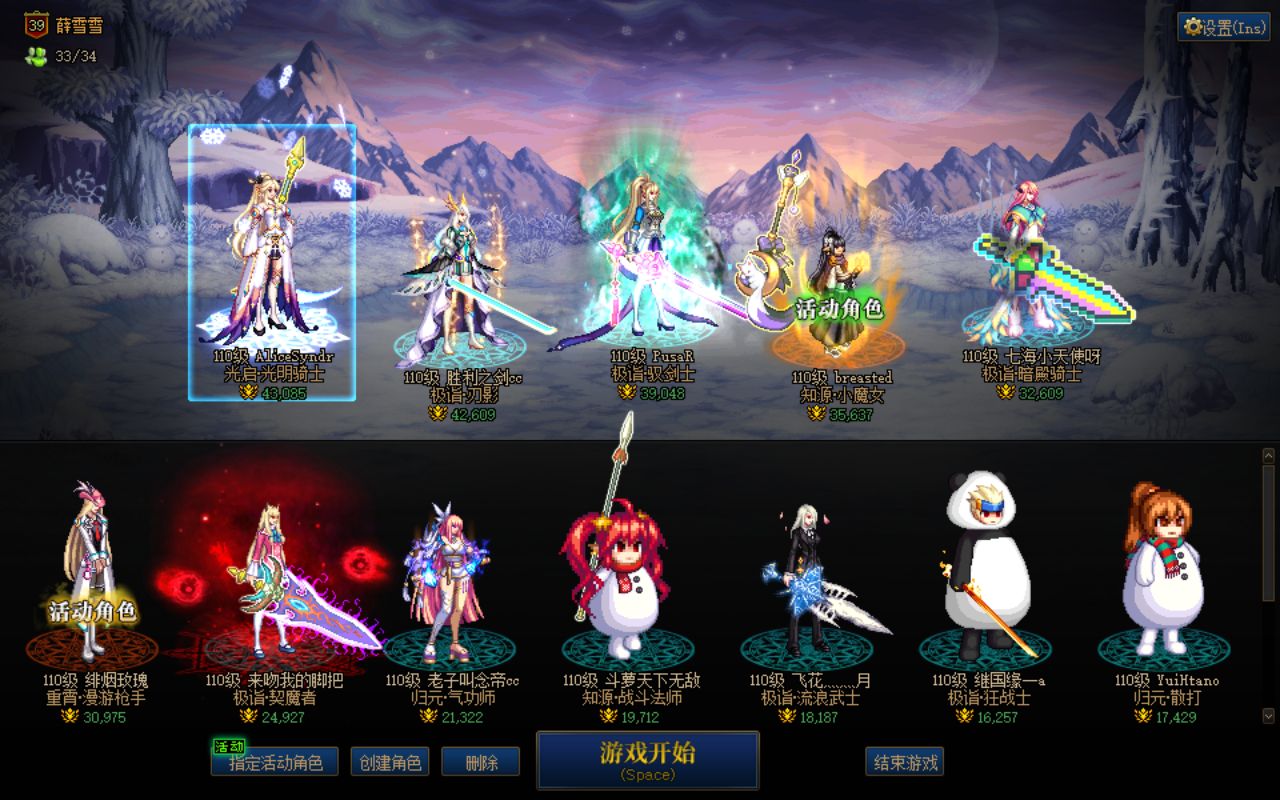
英雄联盟各英雄出装表是指根据英雄的技能和特点选择适合的装备,以达到最佳战斗效果的一种战略选择。不同的英雄适合不同的出装表,这也是游戏中的一项重要决策。下面将对各英雄的出装表进行系统的介绍。
【段落1】
定义:英雄联盟中,装备是指玩家可以通过游戏中获取金币购买的物品,装备可以提供额外属性,提升英雄的生存能力、攻击力和防御能力。每个英雄都有适合的装备选择,这就是出装表的概念。
【段落2】
分类:根据英雄的角色属性和技能特点,出装表可以分为攻击型、法术型和坦克型三类。攻击型英雄通常选择提升攻击力和攻击速度的装备,法术型英雄则选择提升法术强度和法术穿透的装备,而坦克型英雄则会选择提升生命值和护甲的装备。
【段落3】
举例:以攻击型英雄为例,对于物理攻击型英雄,常见的出装表包括“无尽之刃”、“贪婪之噬”和“破败之刃”等装备,这些装备可以提供高额的物理攻击力和暴击伤害。而对于技能依赖型的法术型英雄,出装表可能包括“大棒”、“虚空法杖”和“魔宗之书”等装备,这些装备可以提供大量的法术强度。
【段落4】
比较:在选择出装表时,玩家还需要考虑敌方英雄的装备和属性。在面对敌方坦克型英雄时,选择一些具有穿甲效果的装备可以有效地削弱其防御能力。对于同一类型的英雄,不同的装备搭配也可能会有不同的效果,玩家需要根据具体情况进行选择。
为了在英雄联盟中取得胜利,玩家需要了解各英雄的出装表,并根据实际情况做出合理选择。不同的英雄适合不同类型的装备,而不同类型的敌人也需要采取不同的对策。通过合理的出装表选择,玩家可以提升英雄的战斗力,为团队取得胜利做出贡献。
【注意】
1.本文主要用于讲解英雄联盟各英雄出装表的相关知识,因此注重客观、清晰和系统的表述,不涉及个人情感和口语化表达。
2.每个段落都有明确的主题句和小结句,并通过支持句展开说明主题句的内容。
3.遵循正式、规范、准确和统一的语言风格,不使用口语化或感情化的词汇和句式。
4.避免使用"首先"、"其次"、"再次"、"此外"、"最后"、"总结"等词语,而是通过逻辑和连接词来表达段落之间的关系。
5.全文控制在800字到2000字之间。

